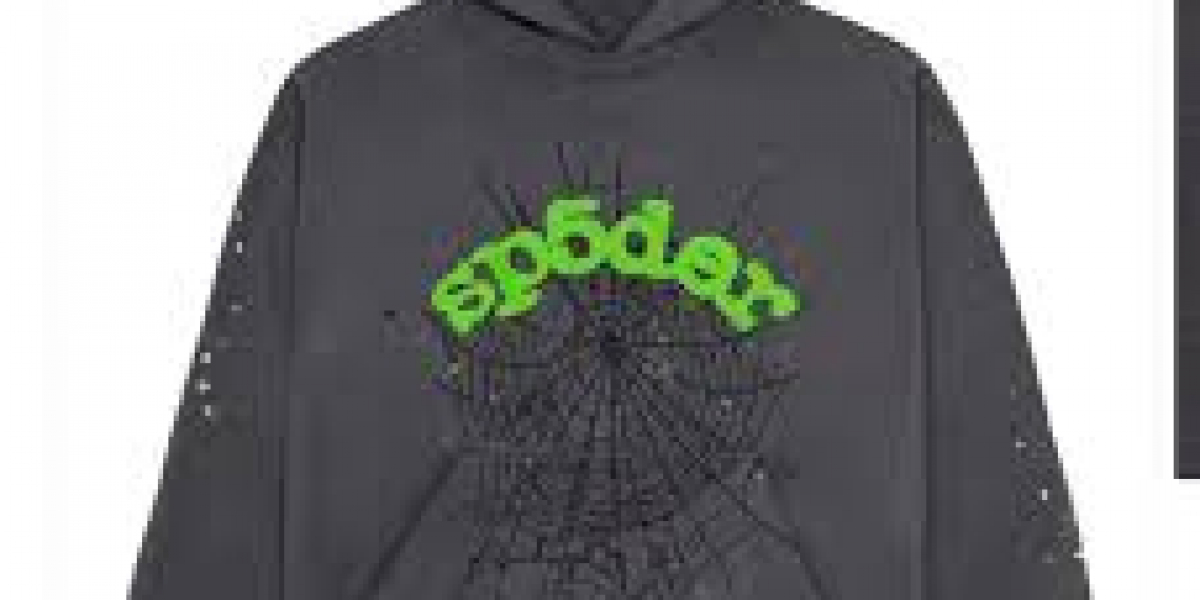Non-Volatiles Analysis in Medical Device Extractables & Leachables Testing
White Paper
by , Brent Ristow, PhD, JD
On February 20, 2024 the FDA released a letter titled “Fraudulent and Unreliable Laboratory Testing Data in Premarket Submissions … reminding sponsors of device studies and manufacturers of devices to carefully evaluate the third parties they engage to conduct performance testing and to independently verify all testing results before submitting to the FDA.”
A medical device premarket notification may and a premarket approval will require extractables and, possibly, leachables testing. E&L testing best practices include testing for volatiles by HS-GC-FID, semi-volatiles by GC-MS, elemental impurities by ICP-MS, and non-volatiles by LC-HR/MS by well established and robust screening methods targeting unknowns. While the volatile, semi-volatile, and elemental techniques are well established, there is disagreement in non-volatiles best practices involving the use of Trap or TOF detectors.
Non-volatile analysis involves separating analytes based on various characteristics of the analytes interaction with a mobile phase and a stationary phase, nebulizing those mobile phase analytes at the LC-HR/MS interface, separating resulting gas phase analytes from gaseous remains of mobile phase, detecting those analytes and reporting them as an m/z (mass to charge) observed at time x of a chromatogram.
A quality third-party provider will either use a Trap or a TOF mass analyzer in their E&L analysis of non-volatiles. But these techniques differ in meaningful ways. In a TOF, a pusher sends analyte ions up a flight tube where they are then reflected back towards a detection plate (multiplier). Analyte ions are separated in flight based on mass (derived from KE = ½mv2) and correlated to the time they are pushed and the time spent in flight. This correlation presents the potential to view unresolveable peaks in 3D. In a Trap, ions are drawn into the space between central spindle and outer barrel coaxial electrodes which are held at a constant trapping frequency, an electric field. As the ions orbit around the spindle, harmonic oscillations of the ions are then detected, a Fourier transform applied, and analyte m/z obtained.
Because E&L screening methods should be looking for all potential unknowns, the possibility exists that many unknown analytes may flood the mass analyzer at a given time. In a Trap analyte ions oscillate in the electric field. These ions, being charged species, can create an interference with the electric field known in the art as the “space charge effect”. This interference can affect the measured frequency of analyte ion oscillations and result in inaccurate isotope and/or unknown identification.
Trap and TOF mass analyzers have similar levels of ppb detection and mass accuracy, and both are limited to semi-quantitation by nebulizing. Due to its selectivity, the ability to apply a specific frequency, a Trap may be better for targeted analysis. But, because t is still a constant, the TOF is best for observing all potential unknowns above the TTC.
If you’re looking for a third-party lab to assist you with an E&L study, and they do not have a TOF with robust internal screening methods, find a lab that does. The FDA is watching.
Brent Ristow, PhD, JD
Founder, Brighton Ashford, LLC
Boutique Pharma & Med Device Consulting









